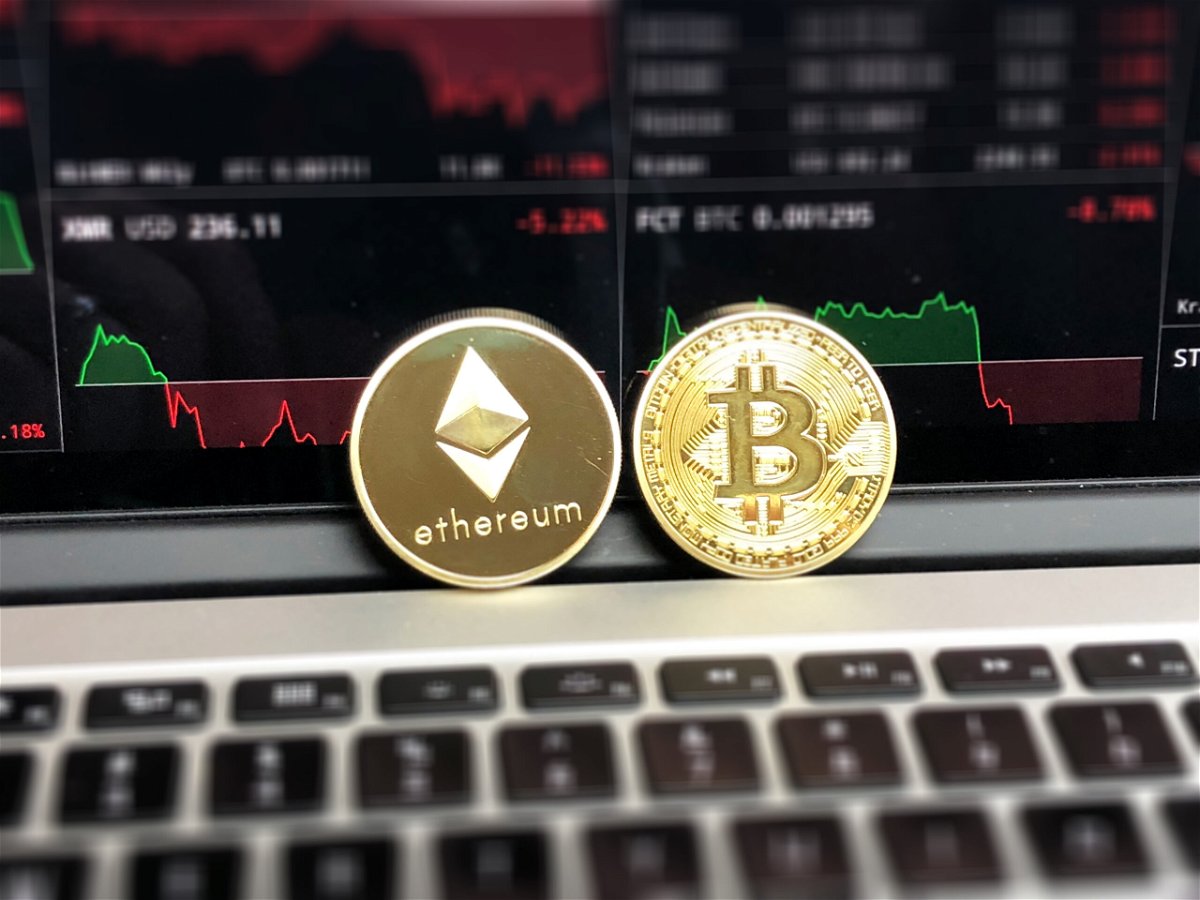NFT Royalty payments: Potentially changing
One of the biggest changes that non-fungible tokens (NFTs) can bring to the art and music industry is the ability to add royalty payments to each resale. If they can make it work.
The music industry has gravitated towards the idea as the royalties musicians currently receive from streaming services are so small that only the top artists make real money. Sell an NFT loaded with a song, and every time it is resold you get a fixed fee.
This works in two basic ways: using NFTs to fractionate and sell royalty rights to a song and actually putting in a smart contract that collects a clip and sends it to the artist who recorded the music and embossed it on an NFT. Both sound good for creating a musical middle class that has in some ways been obliterated by minimal streaming royalties.
See also: NFT series: NFTs used by artists to create musical “Middelklasse”
Visual artists have done much the same. Beeple, the digital artists famous for selling a $69 million NFT collage at Christie’s, have used them, including a 10% royalty embedded in one piece, CROSSROADS, which resold for $6.6 million — then the most expensive digital artwork was auctioned, according to ArtNews.
The idea is that not only does the artist get an ongoing revenue stream, but pirating the relevant copy of that song becomes more difficult in the process. These royalties may be statutory on the legal terms that may be entered on an NFT.
Still, royalties are still a work in progress.
Goodwill required
The problem is that collection and remittance of the royalty does not happen automatically. It is impossible to build it into the smart contract due to the simple fact that the NFT itself cannot determine how much it has been sold for.
Putting royalties on an NFT essentially means turning on a setting that asks the exchange an NFT is sold on to collect a certain percentage of the sale price and send it to the minter. Which most of the best marketplaces do.
However, it relies on the goodwill of marketplaces – and sellers – and recently a couple of such markets have emerged in decentralized finance (DeFi) that specifically target sellers who don’t want to pay royalties.
One, sudoAMM, hit Twitter recently when the decentralized marketplace hit $10 million in sales on August 11. It only took 35 days.
Re-introducing the first free marketplace on Solana, 0% marketplace fee and 0% creator fee.
This time, YOU choose what is fair.
👀 Only on pic.twitter.com/4ZwymuyNiK
— Solanart – Trade Free (@SolanartNFT) 13 August 2022
Another, Solanart, capitalized on the ensuing Twitter storm by “re-introducing” itself as “the first zero-fee marketplace” on the Solana blockchain – an Ethereum competitor taking off in the NFT project market. It announced: “0% marketplace fee and 0% creator fee. This time, YOU choose what’s fair.”
See: NFT Series: From famous artists to forgers, the art world is embracing NFTs
Which led to the former editor-in-chief of Spin magazine and current co-founder and managing director of the NFT news site nft now chirping“0% royalties is a non-starter. We are not going back to web2 [nonsense]. Artists deserve to be paid forever.”
Which is an argument that was made when Napster started destroying the record industry a couple of decades ago.
Build a community
Mike “Beeple” Winkelmann’s addition to the discussion was to point out that “to be clear, we cannot ‘smart contract’ ourselves around this. If I have an NFT and I decide to ‘gift’ it to someone, and then ‘gift ‘ they me 10ETH afterwards, we’ve got around the royalties. If someone can explain to me how a smart contract will EVER stop, I’m all ears…”
The solution, he suggested, is that “creators need to build a collector base that WILL honor these royalties…. It’s really that simple.”
It didn’t work well for Napster. On the other hand, most people felt they owed it to the labels, not the artist.
On the other hand, NFT creators have a tool that record labels didn’t have. While they could, and did, sue some casual downloader pirates for bankruptcy as a warning, they couldn’t stop the music.
It has been noted by NFT skeptics that one problem is that even art files are generally too large to economically load onto a blockchain, let alone audio or video files.
What happens is that the NFT points to a file stored somewhere on a cloud or server. Delete that file and the NFT is useless and worthless.
For all PYMNTS crypto coverage, subscribe to the daily Crypto newsletter.

NEW PYMNTS SURVEY FINDS 3 IN 4 CONSUMERS WITH STRONG DEMAND FOR SUPER APPS
About: The findings of PYMNTS’ new study, “The Super App Shift: How Consumers Want To Save, Shop And Spend In The Connected Economy”, a collaboration with PayPal, analyzed the responses of 9,904 consumers in Australia, Germany, the UK and the US and showed strong demand for a single multi-functional super app instead of using dozens of individuals.


